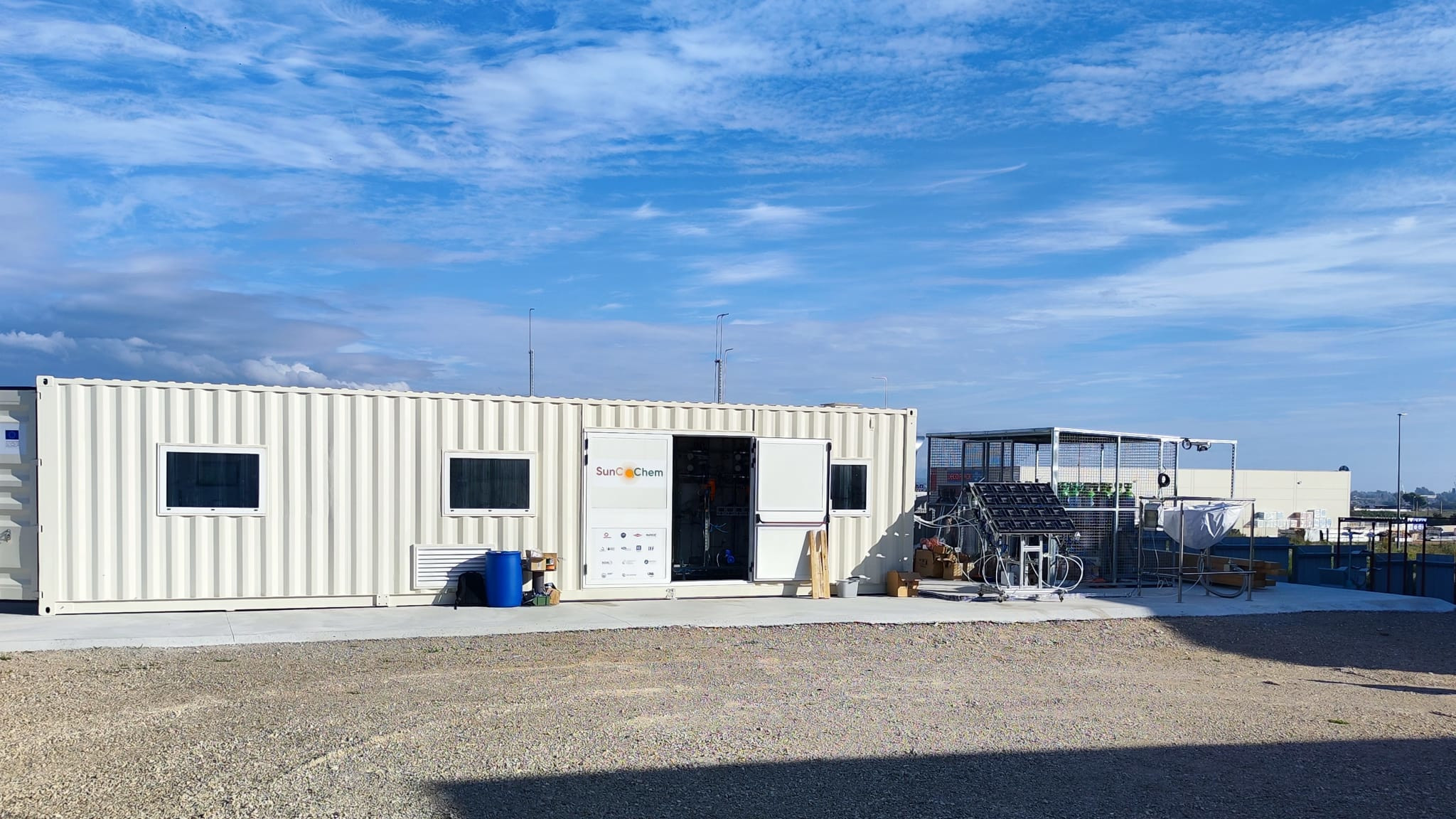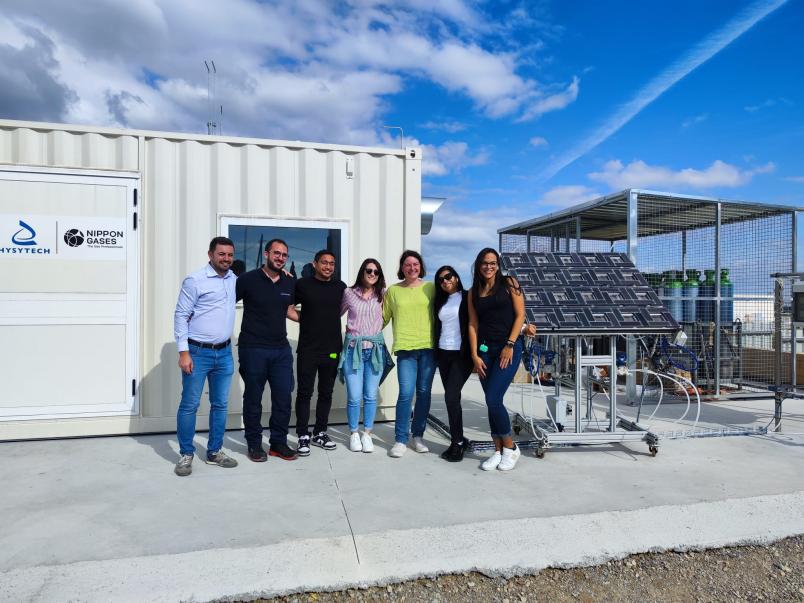
Reusing Industrial Waste Through Solar Energy

Harnessing solar energy to convert carbon dioxide (CO2) from industrial waste into oxygenated molecules that can be used to produce other compounds – such as fragrances, perfumes, or detergents – is the central achievement of the complex research carried out within the European Horizon 2020 SunCoChem project on the production of high-value chemicals by using renewable energy sources, in which Politecnico di Torino played a major role.
“Our objective within SunCoChem was to develop a device capable of sustainably converting CO2 and liquid components present in industrial waste into useful chemicals, all within an integrated single-unit process of CO2 capture and conversion”, explains Simelys Hernández, Professor at the Department of Applied Science and Technology-DISAT, member of the CREST-Catalytic Reaction Engineering for Sustainable Technologies research group, and scientific lead for the project at Politecnico di Torino.
The SunCoChem project, which concluded just a few months ago, resulted in a groundbreaking technology thanks to the close collaboration of 14 research centres from 8 countries, brought together in a multidisciplinary consortium coordinated by the Spanish research centre EURECAT. Politecnico di Torino led the technical coordination to design an innovative photoelectrocatalytic reactor prototype powered by solar energy – the largest of its kind worldwide, with 0.2 m2 of active surface area (assembled from 20 smaller cells). The research group defined the technical specifications for integrating the cell components, optimised operating conditions, and developed – at TRL5 (technology validated in a relevant industrial environment) – the electrode for CO2 reduction into syngas (a mixture of CO and H2). This intermediate compound was not only used to produce the project’s target molecules, but also opens pathways to the production of alcohols, fuels, and other high-value commercial products.
Hysytech, a Turin-based company specialising for years in the design and construction of chemical plants with a strong focus on innovation, was also involved in this project. The company invests in the development of new technologies and their scale-up, with the goal of bringing sustainable solutions to the market.
“The prototype we developed together with Hysytech uses copper as the catalytic material for CO2-to-CO conversion, instead of noble metals such as silver. This reduces costs, improves environmental compatibility, and increases the efficiency of solar-to-chemical conversion”, notes Professor Hernández. “In this way, we provide industry with a device that reduces dependence on fossil carbon feedstocks, achieving up to 30% CO2 conversion efficiency and around 5% solar-to-syngas energy conversion efficiency”.
Another major strength of the system is its ability to directly process industrial exhaust gases (containing diluted carbon dioxide, typical of many industrial sectors), converting them into intermediate molecules such as syngas that can then be fed into other production cycles. These capabilities were demonstrated at TRL5 by using the syngas output from the photoelectrochemical reactor, together with other industrial liquid by-products (containing olefins), to feed a hydroformylation reactor. Hydroformylation is a reaction widely used in the chemical industry to transform fossil-based feedstocks into precursors for detergents, perfumes, plasticisers, and other everyday products, thereby producing fragrance molecules such as Limoxal®.
This milestone, however, does not mark the end of the research journey. Building on the success of SunCoChem, the team is now working on further optimising the process and reactor cell design, in collaboration with Hysytech, to improve long-term performance and stability and pave the way for large-scale industrial applications.